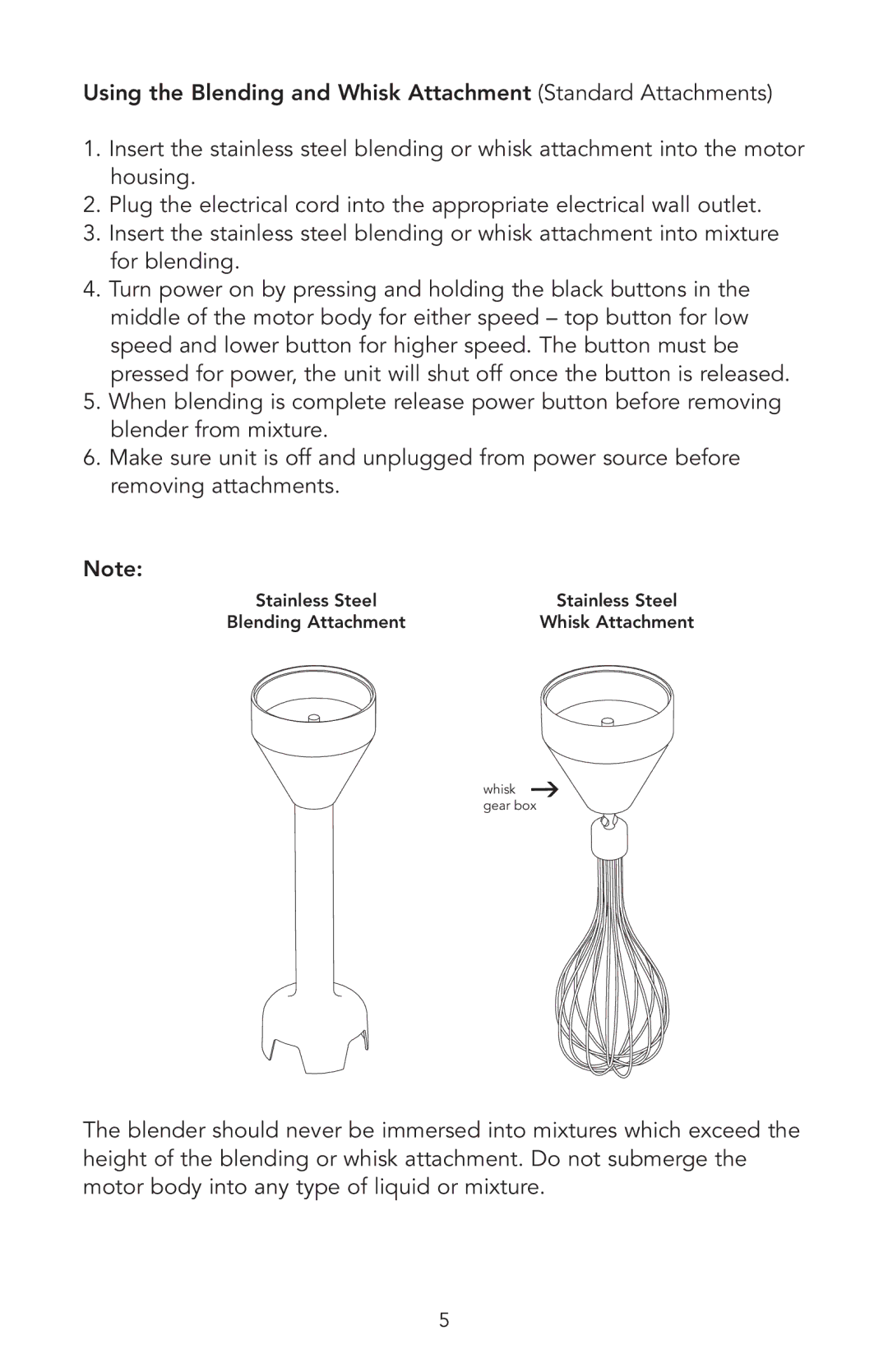VHB300 specifications
The Viking VHB300 is a versatile and advanced digital broadcast camera designed specifically for high-performance video production across various applications, including live events, outdoor broadcasts, and studio environments. This camera is part of the Viking product family known for its robustness and cutting-edge technology.One of the standout features of the VHB300 is its high-resolution imaging capability. With a 3 CMOS sensor system, the camera captures stunning images with extraordinary color accuracy and depth. The camera supports resolutions up to 4K, making it ideal for modern broadcasting requirements. The impressive low-light performance enhances its usability in challenging lighting conditions, providing clarity and vibrancy even in dimly lit environments.
The VHB300 is equipped with multiple connectivity options, including SDI, HDMI, and fiber optic outputs. This flexibility allows for easy integration into existing broadcast infrastructures and supports various production workflows. Furthermore, the camera features advanced network functionality, enabling remote control and monitoring capabilities. Users can access and manage camera settings through a user-friendly interface from a distance, streamlining production processes.
The camera's robust design ensures reliability in various operating conditions. The durable chassis is engineered to withstand the rigors of field use, while the lightweight construction provides portability without sacrificing stability. Additionally, the VHB300 offers extensive mounting options, allowing for versatile configurations whether on tripods, gimbals, or in handheld use.
Another significant characteristic of the VHB300 is its processing technology, which employs advanced image stabilization features. This technology enables smooth and steady shots, crucial for dynamic shooting scenarios. Moreover, the camera supports various frame rates and formats, giving content creators the flexibility they need for specific projects.
In terms of user experience, the VHB300 boasts an intuitive interface with customizable settings. The camera's menu system is designed to facilitate quick adjustments, enabling operators to respond rapidly to changing shooting conditions.
Overall, the Viking VHB300 is a powerful tool for professionals seeking high-quality video production capabilities. With its advanced imaging technology, robust design, and versatile connectivity options, it stands out as a prime choice in the competitive landscape of digital broadcasting solutions.

